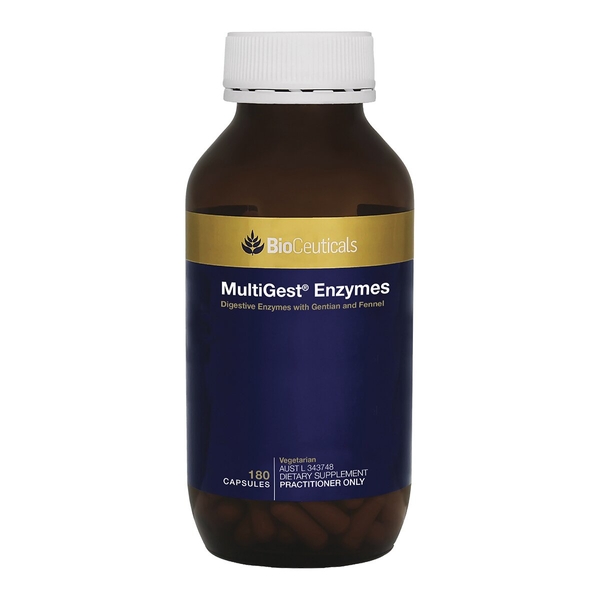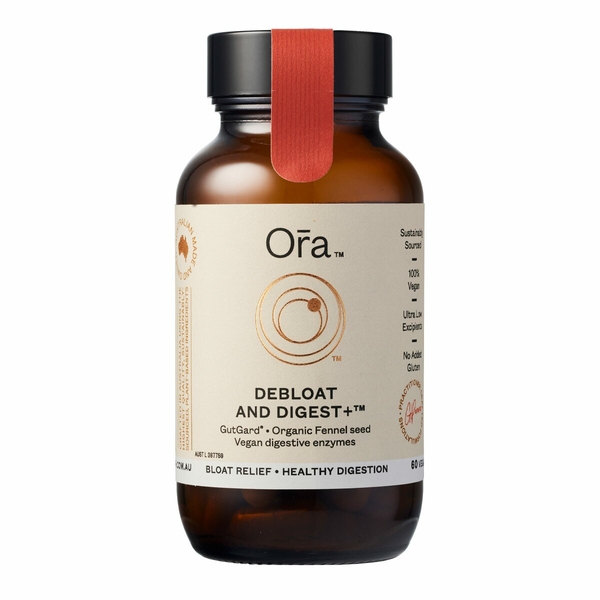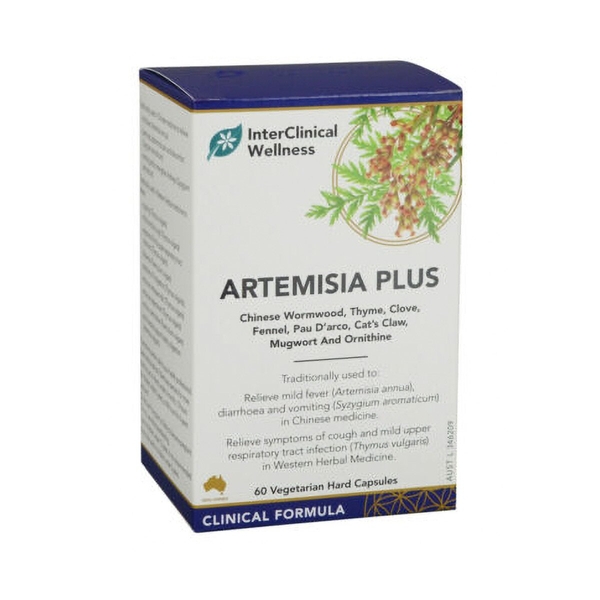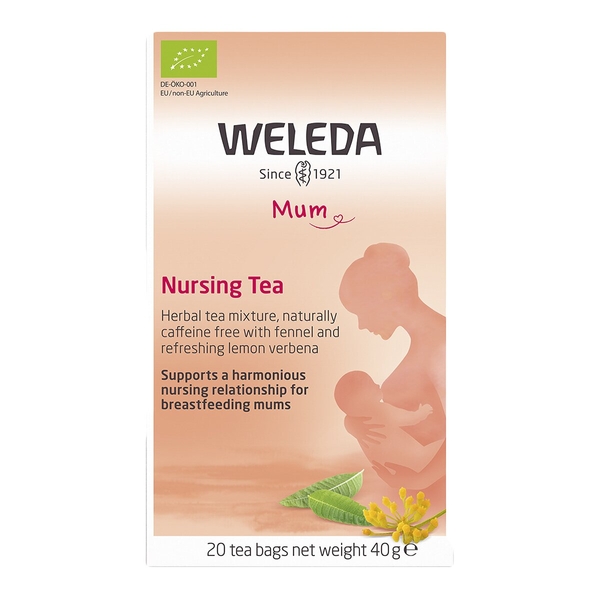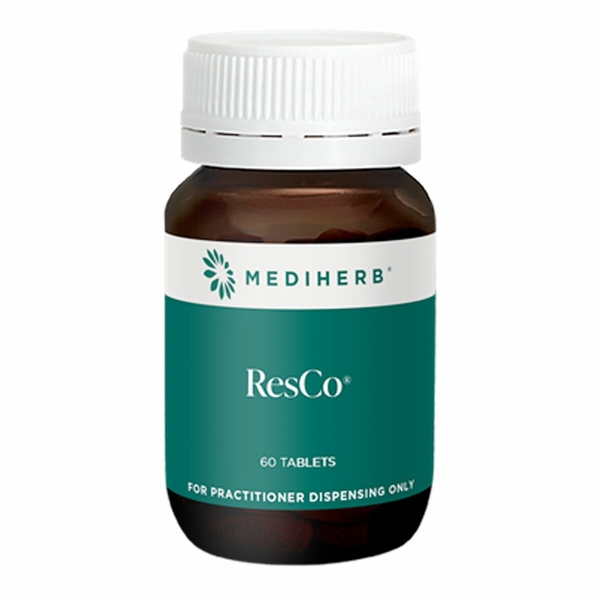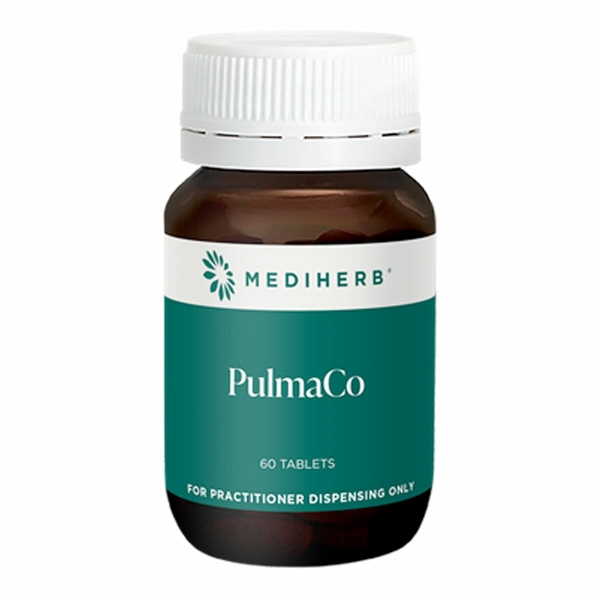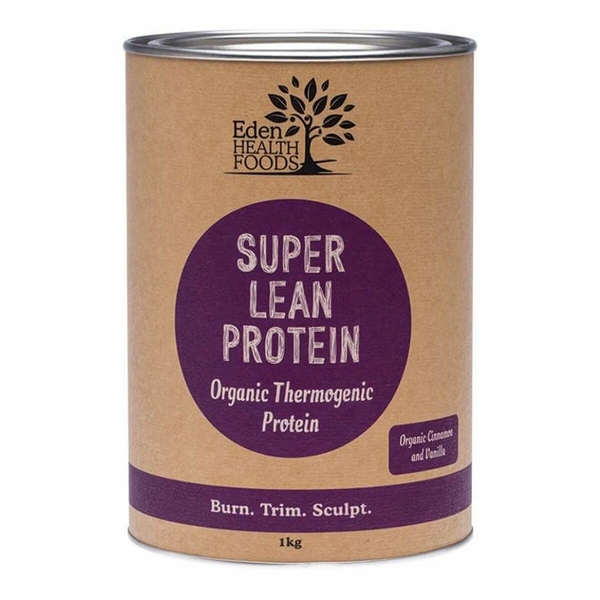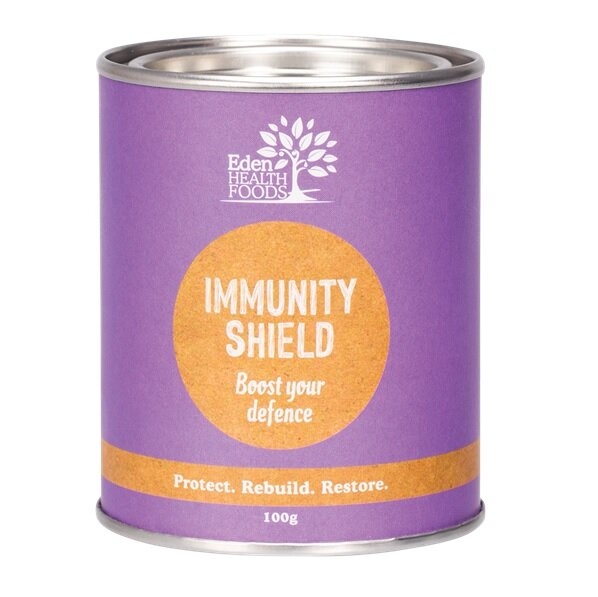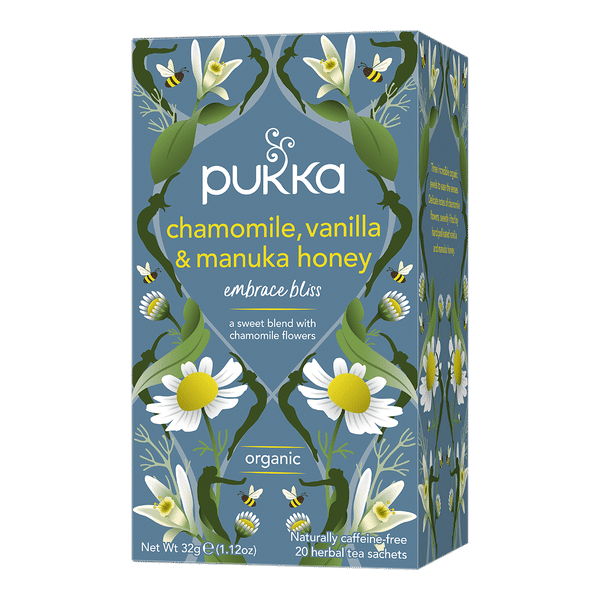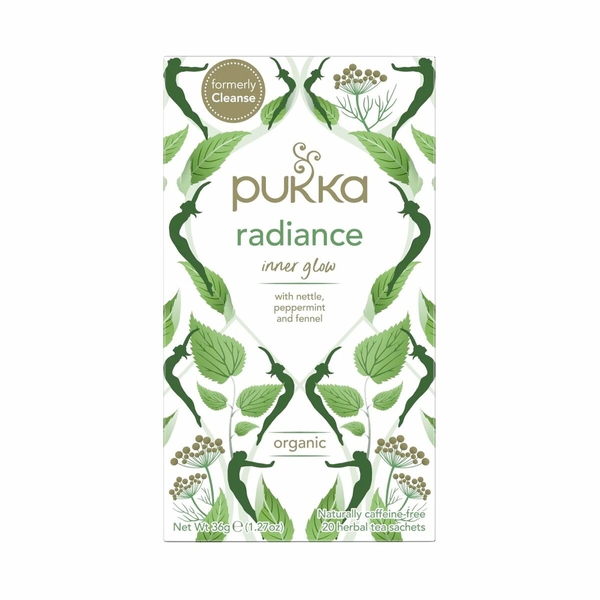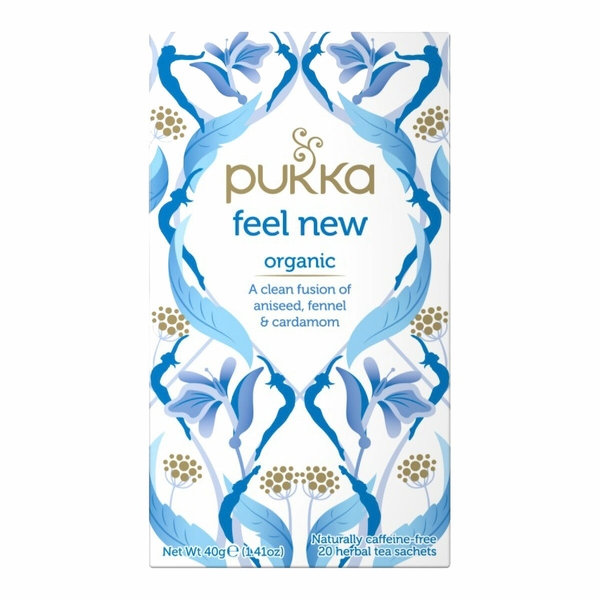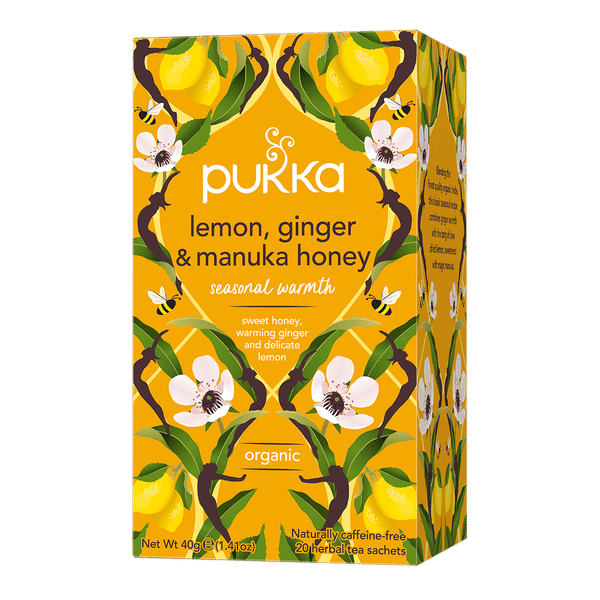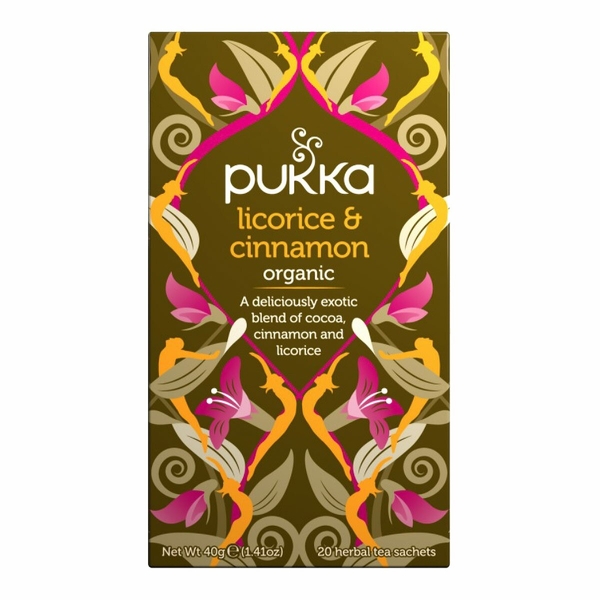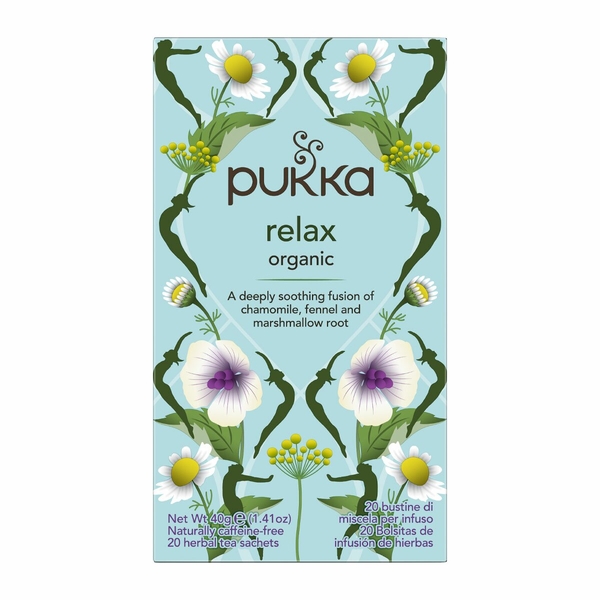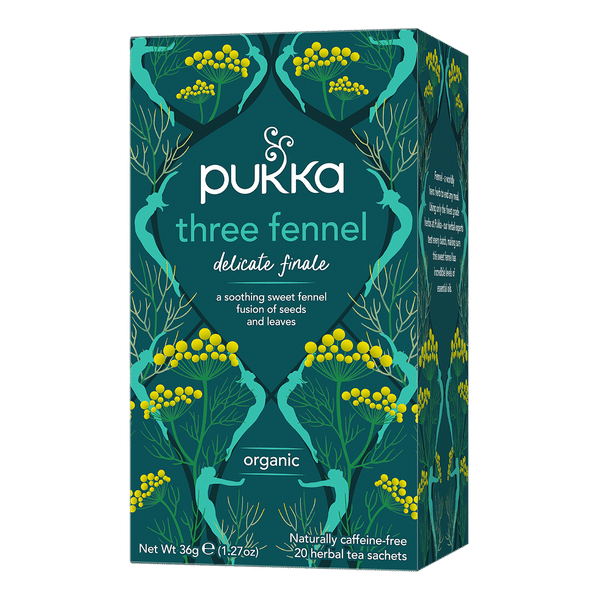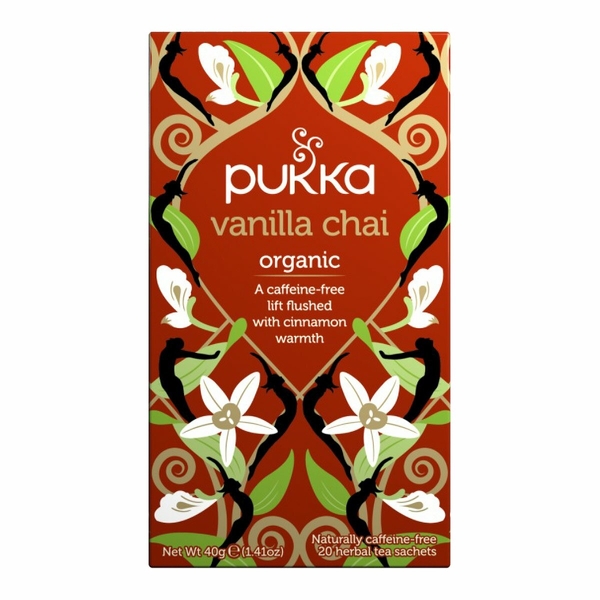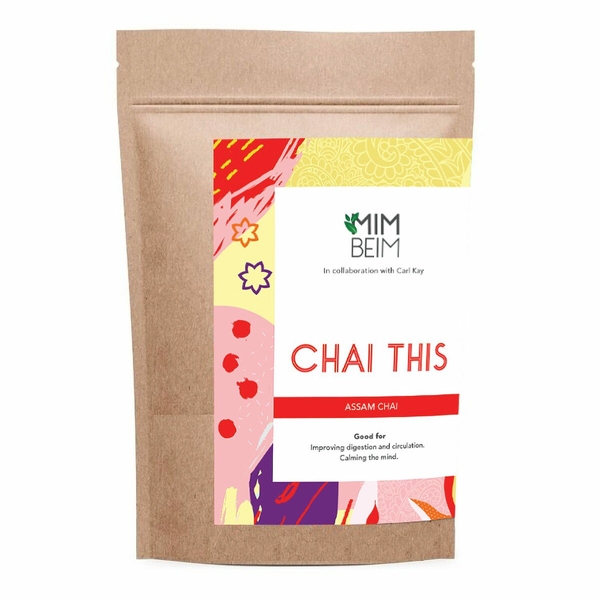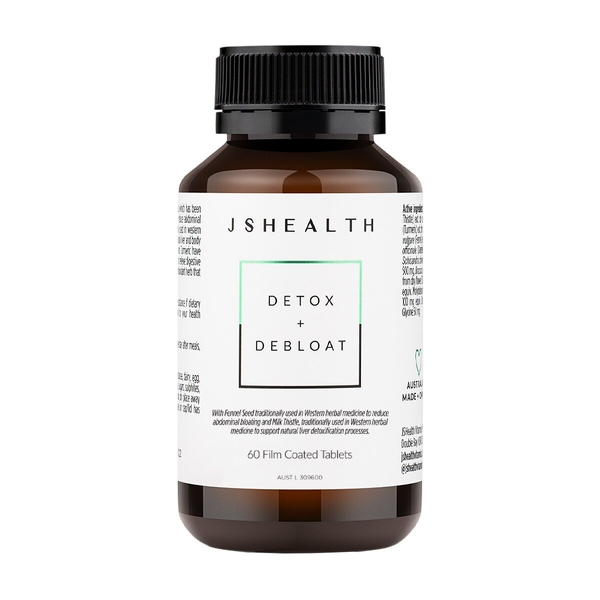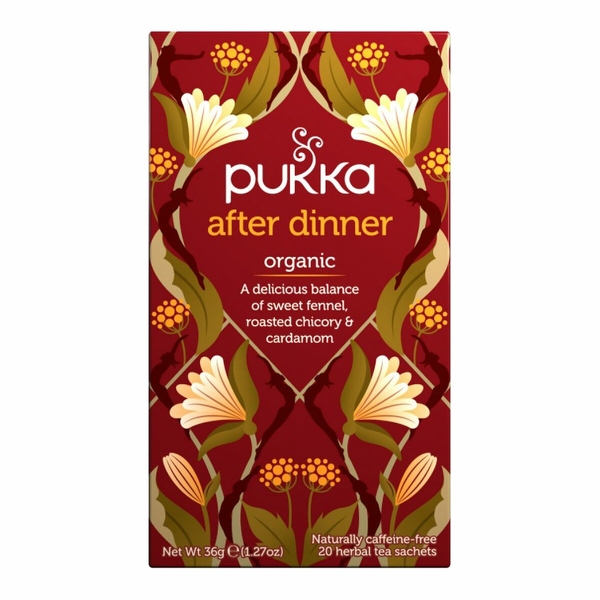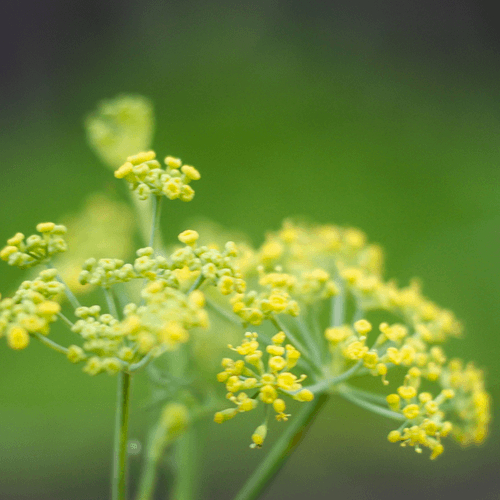
Background
Fennel is native to the Mediterranean, but is now found throughout the world. As medicine, it might relax the colon, and also appears to contain an ingredient that may act like estrogen in the body. As a spice, fennel has an anise-like taste.
People use fennel for menstrual cramps. It is also used for excessive crying in infants (colic), indigestion, and symptoms of menopause, but there is no good scientific evidence to support most of these uses.
Safety Safety definitions
When applied to the skin: Fennel is possibly safe. Fennel can make skin extra sensitive to the sun and make it easier to get a sunburn. Wear sunblock if you are light-skinned.
Special Precautions & Warnings:
Pregnancy: Fennel is possibly unsafe to use when pregnant. Regularly using fennel has been linked to preterm birth.Breast-feeding: Fennel is possibly unsafe. There are some reports of breast-feeding infants with damage to their nervous systems after they were exposed to herbal tea containing fennel through breastmilk.
Children: Fennel is possibly safe when used at appropriate doses for up to one week in young infants with colic.
Allergy to celery, carrot or mugwort: Fennel might cause an allergic reaction in people who are sensitive to these plants.
Bleeding disorders: Fennel might slow blood clotting. Taking fennel might increase the risk of bleeding or bruising in people with bleeding disorders.
Hormone-sensitive condition such as breast cancer, uterine cancer, ovarian cancer, endometriosis, or uterine fibroids: Fennel might act like estrogen. If you have any condition that might be made worse by estrogen, do not use fennel.
Effectiveness
- Menstrual cramps (dysmenorrhea). Taking fennel oil or fennel extract by mouth seems to improve pain in people with menstrual cramps. Its effect on pain might be similar to drugs such as ibuprofen or mefenamic acid.
Dosing & administration
Interactions with pharmaceuticals
Birth control pills (Contraceptive drugs)
Interaction Rating=Moderate Be cautious with this combination.
Some birth control pills contain estrogen. Large amounts of fennel might affect estrogen levels in the body. Taking fennel along with birth control pills might decrease the effects of birth control pills. If you take birth control pills along with fennel, use an additional form of birth control such as a condom.
Ciprofloxacin (Cipro)
Interaction Rating=Moderate Be cautious with this combination.
Ciprofloxacin is an antibiotic. Fennel might decrease how much ciprofloxacin the body absorbs. Taking fennel along with ciprofloxacin might decrease the effects of ciprofloxacin. To avoid this interaction, take fennel at least one hour after ciprofloxacin.
Estrogens
Interaction Rating=Moderate Be cautious with this combination.
Large amounts of fennel might have some of the same effects as estrogen. Taking fennel along with estrogen might decrease the effects of estrogen.
Medications changed by the liver (Cytochrome P450 3A4 (CYP3A4) substrates)
Interaction Rating=Moderate Be cautious with this combination.
Some medications are changed and broken down by the liver. Fennel might change how quickly the liver breaks down these medications. This could change the effects and side effects of these medications.
Medications that slow blood clotting (Anticoagulant / Antiplatelet drugs)
Interaction Rating=Moderate Be cautious with this combination.
Fennel might slow blood clotting. Taking fennel along with medications that also slow blood clotting might increase the risk of bruising and bleeding.
Tamoxifen (Nolvadex)
Interaction Rating=Moderate Be cautious with this combination.
Large amounts of fennel seem to affect estrogen levels in the body. Taking fennel along with tamoxifen might decrease the effects of tamoxifen.
Interactions with herbs & supplements
Interactions with foods
Products
View all products- Foeniculum vulgare (Fennel) (seed)
- Oryza sativa (Brown rice sprout, bio-fermented protein)
- Golden pea protein (sprout) bio-fermented
- Garcinia cambogia
- Myristica fragrans (Nutmeg)
- Curcumin (Turmeric)
- Capsicum spp.
- Arctium lappa (root)
- Stevia rebaubiana (leaf)
- Taraxacum officinale (leaf)
- Eleutherococcus senticosus (root)
- Coleus forskohlii (root)
- Petroselinum crispum (leaf)
- Crataegus monogyna (berry)
- Juglans nigra (fruit hull)
- Zingiber officinale
- Fucus vesiculosus
- Stellaria media
- Apple pectin
- Cinnamomum spp.
- Vanilla planifolia (Vanilla bean)
- Laminaria digitara (Kelp)
- Foeniculum vulgare (Fennel)
- Echinacea angustifolia
- Astragalus membranaceus
- Sambucus nigra (fruit)
- Lycium barbarum
- Rosa canina
- Luo Han Guo (fruit) ext. (Monk fruit)
- Echinacea purpurea
- Sambucus nigra
- Glycyrrhiza glabra (root)
- Olea europaea (leaf)
- Calendula officinalis
- Origanum vulgare
- Uncaria tomentosa
- Mentha x piperita
- Thymus vulgaris
- Cola acuminata
- Inula helenium
- Asclepias tuberosa
- Achillea millefolium
- Armoracia rusticana
- Capsicum spp.
- Allium sativum
- Allium cepa
- Zingiber officinale
- Cordyceps sinensis (mushroom)
- Ganoderma lucidum (mushroom)
- Lentinula edodes (mushroom)
- Tremella fuciformis (mushroom)
- Trametes versicolor (mushroom)
- Salvia eremostachya
- Hericium erinaceus (mushroom)
- Inonotus obliquus (mushroom)
- Ilex paraguariensis
- Foeniculum vulgare (Fennel) ext. 150 mg
- Silybum marianum ext. 60 mg
- Taraxacum officinale ext. 25 mg
- Brassica oleracea var. italica ext. 35 mg
- Glutamine 100 mg
- Curcuma longa ext. 80 mg
- Schisandra chinensis ext. 20 mg
- Sodium molybdate dihydrate 126 µg equiv. molybdenum 50 µg
- Taurine 150 mg
- Choline bitartrate 100 mg equiv. choline 41 mg
- Inositol 100 mg
- Glycine 50 mg

